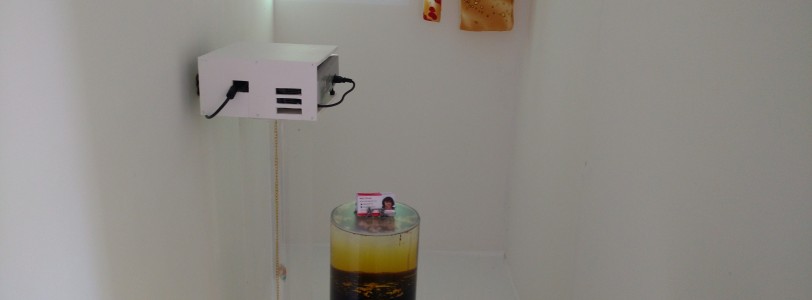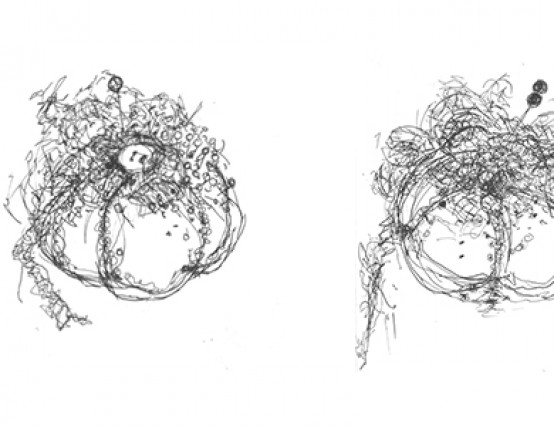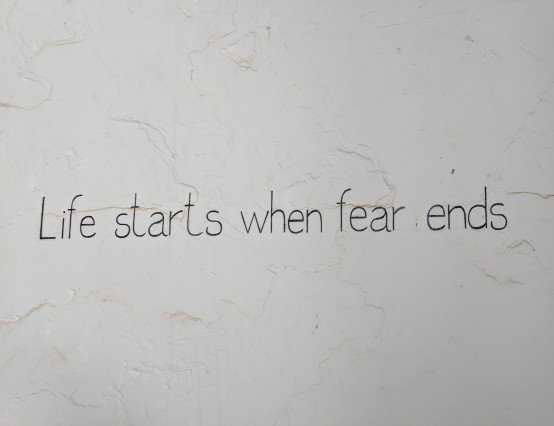Visual art is such a rich, often multi-sensory experience that can be overwhelming on lots of different levels, leaving reviewers with a mass of information to relay back to their audience. I am a student, an artist and a total communication nerd and I'll be sharing some advice as to how to clear the post-show brain fog and write an exhibition review.
Going to galleries isn't always the most popular choice thing when you're carrying our your Bronze Arts Award in particular. We always ask you to do something different and branch out with what you consume for your Bronze and galleries are a great and, often, low-cost kind of thing to spend some time in to broaden your horizons.
Discerning what is important is vital
Both in terms of the exhibition and to your audience, finding the crux of your experience and conveying that to those who weren't there will make or break your review. You simply cannot put everything into a review; it would be excessively lengthy and, frankly, boring. However, commenting on the most successful or unsuccessful elements should drive your writing and create an engaging discourse that informs the reader of the show and ultimately helps them to decide if it's worth attending.
Consider every aspect
An exhibition is an experience not solely limited to the artwork. It will have been carefully curated and that is often as meaningful as the art itself. Art exhibitions may comprise many unexpected elements, or even, seemingly, nothing at all. Think about your senses; note the first thing that catches your attention for each. The atmosphere in an exhibition is telling and should be treated as a sixth sense, too.
There is a difference between bad art and art you just don't like
Art and particularly fine art can be highly controversial, emotive and personal, this is important. However analytical you are as a reviewer, you can and will only speak from your experiences of the show. That being said, there is a difference between bad art and art you just don't like. It's as simple as that. If you're unsure, go back to judging the atmosphere of the exhibition. Is there a buzz around it? Where has it been marketed? Who else is being shown in the gallery? The artists pioneering art 'isms' or genres were so often ridiculed for their innovative ways of thought; Fountain (1917) by Duchamp within conceptual art is a famous, controversial example here.
Relevance, relevance, relevance
Good art makes a statement. Whether that statement is farcical or satirical, contradictory, emotional, political, personal or otherwise, it is your job to read the work(s) and make a judgement on that. Consider its relevance to the everyday. What makes it important in contemporary society? Has it lasted throughout time? Does it leave you questioning? These are all things you should be reflecting on and perhaps most of all whether or not it is powerful.
Lengthy descriptions are boring
Offering your reader a lengthy description of the exhibition or art works is boring and counterproductive. Instead, analyse the successes and failings of the show, thinking about what the intent of the gallery/curator/artist(s) were and whether they delivered on that intent is crucial. The most important details are almost always the one you've remembered from the show, rather than the ones you've written down in a notebook, think about why you've remembered the information and assess the quality of it when reviewing too.
More generally
In terms of broader reviewing advice, I'd suggest you always have something to write or draw on and with, sketching the layout might be helpful when recalling the narrative of the show, for example. Remember you audience is likely to be non-specialised, so avoid niche terminology and purple prose; your aim is to communicate, not confuse. Give yourself plenty of time to look around and take it all in, there's nothing worse than having to rush around and inevitably missing important information. Take away any marketing or publicity materials available, they will provide you with further information and again might help to jog your memory and if appropriate offer a Twitter handle so you can share your review with suitable networks. Be honest and maintain integrity. Always.
If you're still stuck and want some inspiration, looking at reviews from your favourite publications is priceless; it'll allow your own style to develop as you pick up techniques from others. Head to the reviews section of Voice to get started!
- Header image courtesy of Sally Trivett









0 Comments